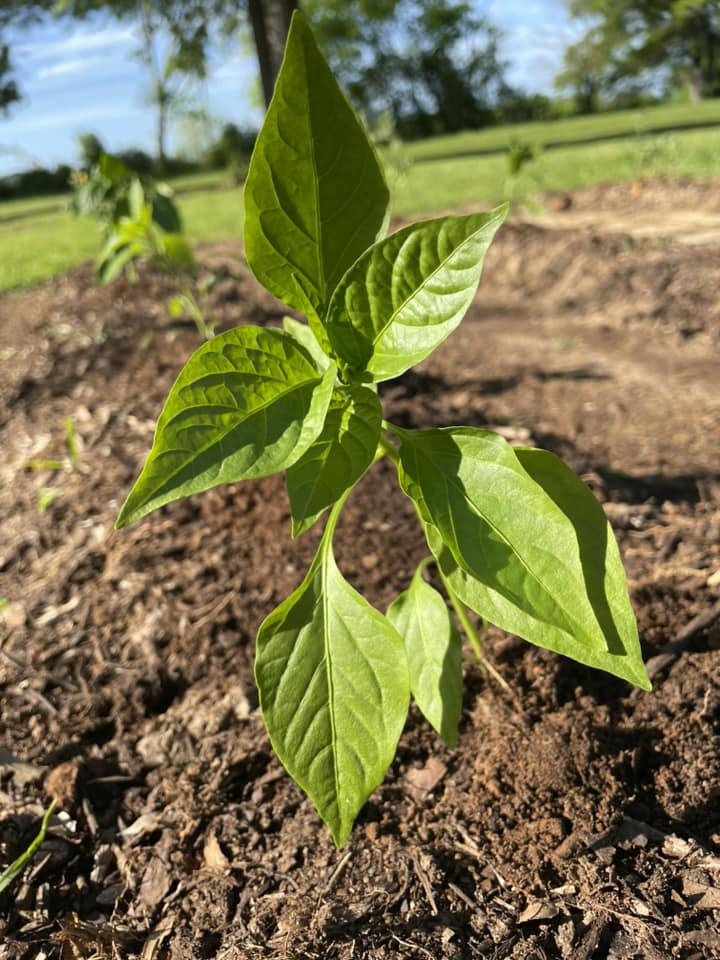Introduction
No-till gardening is a sustainable method that improves soil health while reducing labor and disruption to the garden ecosystem. By eliminating traditional tilling, this technique preserves soil structure, boosts beneficial microbial activity, and prevents erosion, making it an excellent choice for both home gardeners and large-scale growers.
Why Choose No-Till Gardening?
Tilling may seem like a quick way to loosen soil, but it actually disrupts essential soil life, leading to compaction, nutrient depletion, and increased weed growth over time. No-till gardening offers several advantages:
- Improved Soil Health – Layers of organic matter naturally break down, enriching the soil without disturbing its structure.
- Less Erosion & Moisture Retention – With an undisturbed soil structure, water retention improves, reducing the need for frequent watering.
- Reduced Weed Growth – By not exposing dormant weed seeds to sunlight, fewer weeds sprout, leading to easier garden maintenance.
- Encourages Beneficial Organisms – Earthworms, fungi, and bacteria thrive in undisturbed soil, creating a healthier growing environment.
How to Start a No-Till Garden
- Prepare the Area – If starting fresh, lay down cardboard or newspaper over grass and weeds to smother them.
- Add Organic Matter – Pile on layers of compost, mulch, grass clippings, or aged manure to nourish the soil.
- Plant Directly Into the Soil – Create small holes for seeds or transplants, avoiding unnecessary soil disturbance.
- Maintain with Mulch – Continuously add mulch throughout the season to suppress weeds and retain moisture.
- Avoid Digging or Tilling – Let nature do the work! Over time, your soil will become rich and loamy without any extra effort.
A Long-Term Investment in Soil Health
No-till gardening may require patience, but over time, it leads to healthier plants, better yields, and more resilient soil. By working with nature rather than against it, you can create a productive and sustainable garden that thrives season after season.
Want more gardening tips? Follow us for expert advice and practical techniques!






